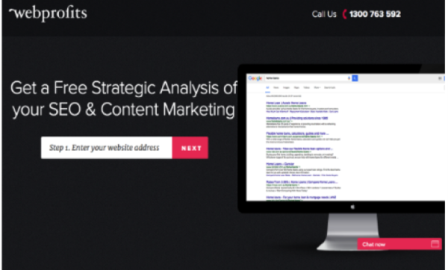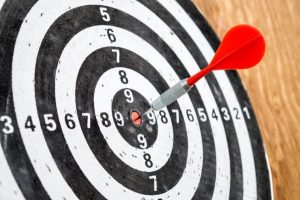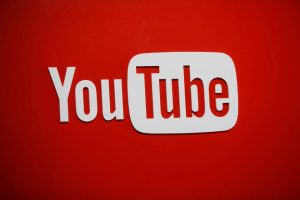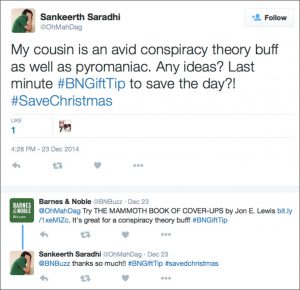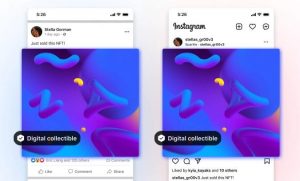If there’s one thing I’ve learned in all my years of working with clients, it’s that no two landing pages are the same.
And even if they are, that doesn’t mean they’ll convert the same way.
Every landing page involves an assortment of components used in different ways in an attempt to maximize the number of conversions. Beyond the style and arrangement of those elements, you still have to think about the psychology of the audience and the best ways to convince them that the next logical step is to follow your call-to-action.
While there’s no singular model for building a successful landing page, the following elements should all be incorporated in some way.
1. Start with the Headline

A persuasive headline should immediately capture the reader’s attention. In 20 words or less, you have to make a compelling argument as to why they should continue reading, which establishes the relevancy of the page and hooks them into sticking around to see the finer details on what you have to offer.
This is the first critical point of action because it can make or break your conversions. An effective headline should be:
- Clearly focused: there’s no fluff and no vague insinuations. The headline clearly outlines what the page is about.
- Highly relevant: Your headline should match user intent to the offer on the page.
- Showcasing benefits: The major benefit or solution is right there, at the top, as the first thing they see.
2. Include a Supportive Subheading

Your headline is where you hook your audience when they first land on the page. The subheading is where you reel them in. It’s persuasive and compelling, often offering a few more details.
That means your subheading must specifically relate to and support the main headline of your page. This is a great spot to reinforce the benefits and use urgency to pull them down into the content of your landing page.
3. Tell a Story with Visuals

Users who view video are twice as likely to make a purchase than those who only view text, and content containing relevant visuals can get up to 94% more engagement than plain text content.
When you’re designing your landing page, you can greatly increase your conversions by using visuals to tell the story. Images are great, but video can be extremely effective as well.
When using visuals to tell a story on your page, keep these in mind:
- Only use large, high-quality images
- Never use stock photos. Use images that feel more authentic
- Make sure images are relevant to what you’re offering
- Ideally, use images and video that show off the benefits of your offer (e.g., someone using it)
4. Your Value Proposition

Shortly after arriving on your landing page, your audience is going to start asking questions like “what’s in it for me?” or “how does this benefit me?” This is when your value proposition comes into play, answering these questions before they become problems that lead to bouncing.
It doesn’t necessarily stand out or live by itself on the page. The value proposition usually mingles with your heading and other essential landing page elements.
One of the most common and effective ways to communicate value is by highlighting the benefits of your offer in a bulleted list. This is not supposed to be a dull list of features, but rather the ways in which the audience will benefit.
For example:
Feature: 1GB of storage (boring)
Benefit: 1,000 songs in your pocket (yes!)
The benefit sells the value, while a simple features list will leave them wondering how they can use it. Never leave your audience guessing.
5. A Cognitive Flow

Your landing page is like a one-way street. Part of creating a cognitive flow is keeping the psychology of the buyer in mind. After the hook, the engagement continues with the content. Questions will begin to crop up about the buyer’s needs and how your solution might fix their problem.
Next comes a question of trust, so stick to your storytelling approach and lead the buyer onward with testimonials until they finally arrive at the call-to-action. Copy and design elements throughout the page need to be persuasive no matter how long or short the landing page is.
6. Make a Connection

The best way to connect with your audience is to use empathy and weave a story within the content of the page. By acknowledging their pain points, you prove to the visitor that you care about their most pressing need or problem.
Incorporating a story, both textually and through visuals, persuades the buyer to form an emotional and psychological connection that points back to your offer as the best solution.
7. Sell the Benefits

It’s important to reinforce the benefits beyond just listing them in bullets within your value proposition copy. One of the goals of your landing page is to make a connection, not only to the pain they have, but the pleasure that comes from finding a satisfying solution to a pressing issue.
Highlight the benefits throughout your story, and be sure to include testimonials that use emotional pleasure cues. Since we all have deep desires for acceptance, recognition, appreciation, compensation, etc., find a way to showcase your benefits in a way that satisfies these basic human needs.
Don’t neglect the content optimization of your landing page. SEO is still important even if you’re driving paid traffic, as a landing page visible in the search results will give you the benefit of organic traffic.
8. Trust Signals

Testimonials are some of the strongest trust signals you can leverage on a landing page, since 92% of consumers say they trust peer review over any other form of advertising. Beyond testimonials, you should include other trust signals that’ll make your visitors more likely to buy from you:
- Security certification badges
- Organization accreditation and memberships
- Product/Service guarantees
9. Look Legit

If you want your audience to trust you enough to spend money, opt-in or hand over payment information on your site, then they need to know you’re a legit business. The simplest, most-effective method for increasing legitimacy is including contact information on your page, which reassures them that you’re a real company and not some offshore scammer.
You contact details could include:
- Phone number
- Physical address
- Email address
- Contact form
- Live chat
If your audience knows they can reach out to you with questions, issues or concerns, then they’re far more likely to convert.
10. The Call-to-Action

The last and arguably the most important element of any landing page is your call-to-action. When your visitor gets to that conversion point in your landing page where it’s time to make a decision, the last thing you want to do is leave it up to them to decide the next step.
Make it clear what the next action should be. Your call-to-action:
- Should be large and stand out from other elements
- Clearly states what would happen when they click or opt-in
- Is ideally in the form of a clickable button since people already know what to do when they encounter buttons
- Should use power words, verbs, and actionable phrasing
Never Stop Testing and Improving
You’re not likely to nail it on the first try, so don’t spend days and weeks agonizing over getting your landing page absolutely perfect. Get these elements in place and get it live. Start running A/B tests as you make changes and create variations of individual elements. As long as you never stop testing while striving for better conversion rates, you’ll quickly build a powerful, high-converting landing page.
Do you have landing page ideas that have worked for you? Share your tips with me and comment below:
All screenshots taken by Andrew Raso/July 2016
Digital & Social Articles on Business 2 Community
(98)
Report Post